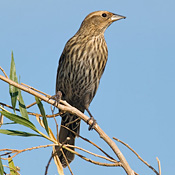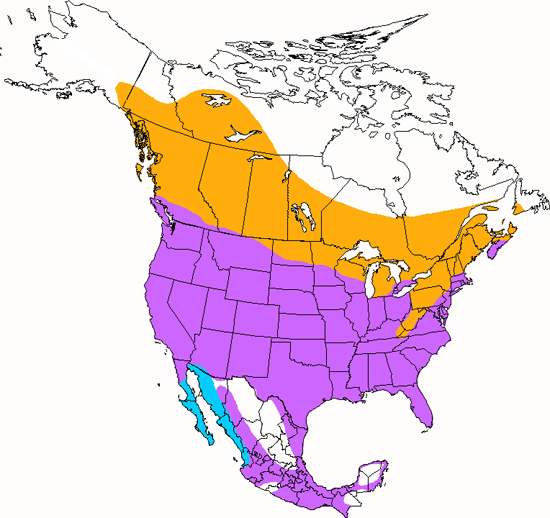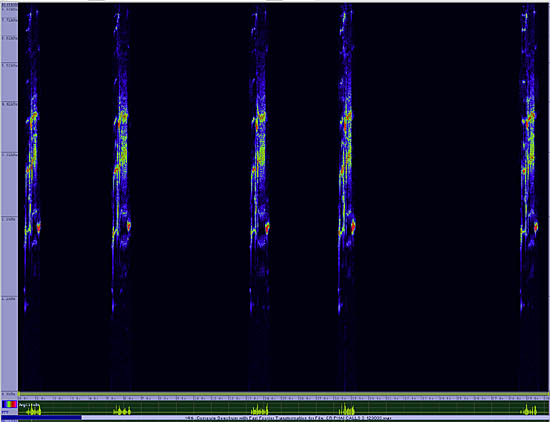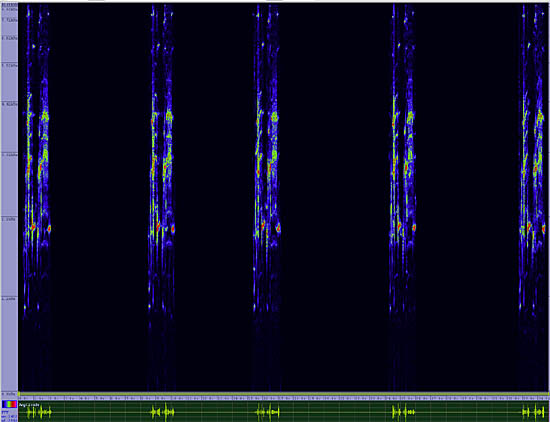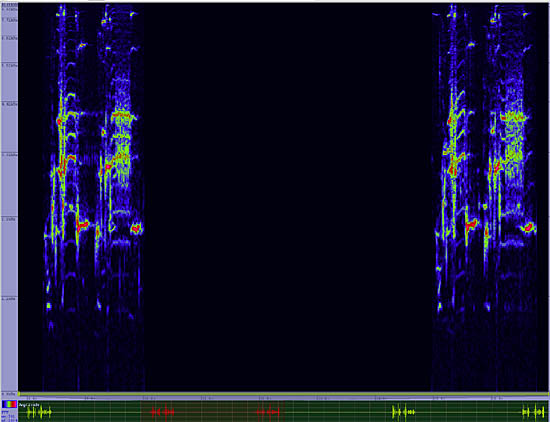Red-winged Blackbird
Agelaius phoeniceus

Perching
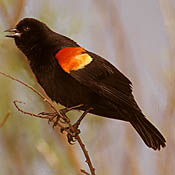
Length: 9 in. (22 cm )
Primarily a marsh-inhabiting bird, this blackbird feeds on emerging aquatic insects during the summer. In the winter, large flocks move from often swampy night roosts to spend time foraging in agricultural fields, cow lots and other open areas for seeds. Each breeding male can have up to 14 females and nests on his territory depending on the abundance of food. The nest is woven from grass and sedge and placed in vegetation just above the water\s surface. The bright red epaulet of the male is used to advertise dominance and attract females.
The four-digit banding code is RWBL.
Bibliographic details:
- Article: Red-winged Blackbird
- Author(s): Dr. Biology
- Publisher: Arizona State University School of Life Sciences Ask A Biologist
- Site name: ASU - Ask A Biologist
- Date published: 13 Jul, 2017
- Date accessed: 24 November, 2025
- Link: https://askabiologist.asu.edu/activities/bird/red-winged-blackbird
APA Style
Dr. Biology. (Thu, 07/13/2017 - 15:37). Red-winged Blackbird. ASU - Ask A Biologist. Retrieved from https://askabiologist.asu.edu/activities/bird/red-winged-blackbird
Chicago Manual of Style
Dr. Biology. "Red-winged Blackbird". ASU - Ask A Biologist. 13 Jul 2017. https://askabiologist.asu.edu/activities/bird/red-winged-blackbird
MLA 2017 Style
Dr. Biology. "Red-winged Blackbird". ASU - Ask A Biologist. 13 Jul 2017. ASU - Ask A Biologist, Web. https://askabiologist.asu.edu/activities/bird/red-winged-blackbird
Be Part of
Ask A Biologist
By volunteering, or simply sending us feedback on the site. Scientists, teachers, writers, illustrators, and translators are all important to the program. If you are interested in helping with the website we have a Volunteers page to get the process started.



